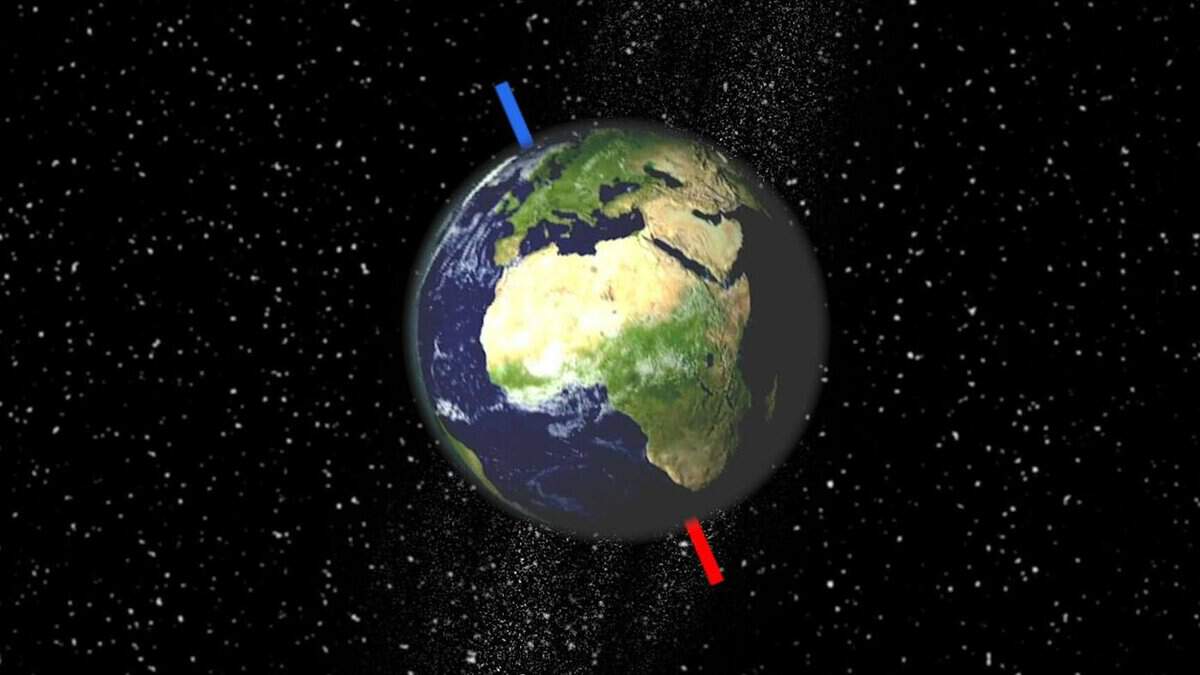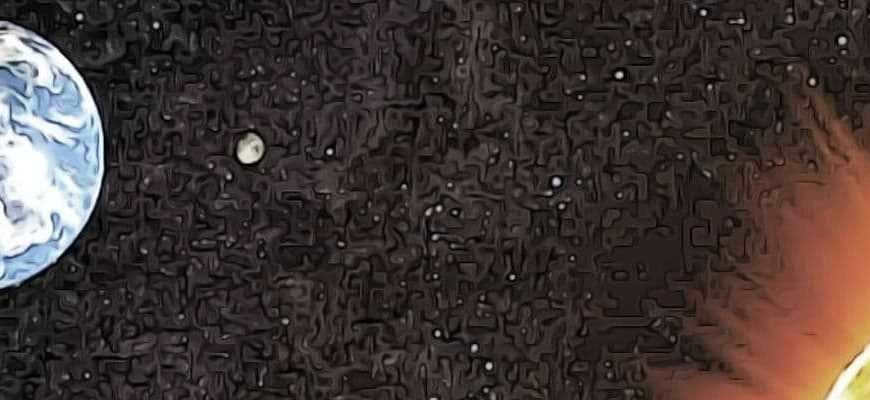
Throughout countless eons, the Earth has persistently revolved around its axis, resulting in the customary occurrence of sunrises and sunsets for the inhabitants of our world. This rotation has been an ongoing phenomenon since the Earth’s formation approximately 4.6 billion years in the past, and it will persist until its eventual demise. Such an event is likely to occur when the Sun transforms into a red giant and engulfs our beloved planet. However, the question remains: what is the reason behind the Earth’s perpetual rotation?
What is the reason for the Earth’s rotation?
The rotation of the Earth is caused by the formation process of our planet. The Earth originated from a rotating disk composed of gas and dust that encircled the young Sun. Over time, the particles in this disk began to clump together, gradually forming the Earth. During this growth phase, the Earth experienced numerous collisions with space rocks, which had a significant impact on its rotation. These collisions caused the Earth to start spinning. Additionally, due to the fact that all the debris in the early solar system also revolved around the Sun in the same general direction, the Earth and most other celestial bodies in our solar system acquired this same rotational direction.
Rotation of the Gas-Dust Disk
A valid query arises – what caused the gas-dust disk to start spinning? The formation of the Sun and the Solar System occurred when a cloud of gas and dust started to condense due to its own gravitational force. The majority of the gas coalesced to form the Sun, while the remaining matter formed the planetary disk encircling it. Prior to its formation, gas molecules and dust particles moved in a random fashion within its boundaries. However, at a certain point, some gas and dust particles coincidentally accumulated their energy in the same direction. This established the rotational direction of the disk. As the gas cloud continued to contract, its rotation gained speed. This process is similar to how skaters accelerate their rotation by pulling their arms closer to their bodies.
In space, there are few factors that can impede the rotational motion of planets. Therefore, once they begin spinning, this process remains uninterrupted. The initial spinning of a nascent solar system generates a significant amount of angular momentum, which denotes an object’s inclination to continue rotating. It is reasonable to hypothesize that exoplanets also initiate their rotation in a similar direction around their respective stars during the formation of their planetary systems.
Interestingly, within the solar system, there exist certain planets that exhibit a rotation direction opposite to their motion around the Sun. For instance, Venus rotates in the opposite direction compared to Earth. Furthermore, the axis of rotation of Uranus is tilted at a remarkable angle of 90 degrees. The scientific community has yet to fully comprehend the underlying processes that led to the establishment of such unique rotation directions for these planets. Nonetheless, there are several hypotheses that have been put forward. One possibility is that Venus acquired its rotation direction through a collision with another celestial body during its early formation stages. Alternatively, it is conceivable that Venus initially began rotating in a similar manner to the other planets, but over time, the gravitational influence of the Sun hindered its rotation due to the presence of dense clouds. This, coupled with the friction between the planet’s core and mantle, ultimately resulted in the planet spinning in the opposite direction.
When it comes to Uranus, researchers have postulated that a collision occurred between the planet and a massive rocky fragment. Alternatively, it could have been multiple objects that altered its rotational axis.
However, despite these peculiarities, it is evident that all celestial bodies rotate in one direction or another.
Everything is in constant motion
Asteroids, stars, and even galaxies are constantly rotating, as stated by NASA. The solar system, for example, takes approximately 230 million years to complete one revolution around the center of the Milky Way. However, some objects in the Universe rotate at an incredibly fast pace, such as pulsars. Pulsars are dense, spherical remnants of massive stars, and some of them, which are comparable in size to cities, can rotate on their axis hundreds of times in just one second. The most renowned pulsar, known as Terzan 5ad and discovered in 2006, spins at a mind-boggling rate of 716 times per second!
But perhaps the most astonishing rotation speeds are observed in black holes. GRS 1915 + 105, for instance, is thought to be able to spin at an astonishing rate of between 920 and 1150 times per second.
Nevertheless, the immutable laws of physics cannot be denied. Over time, all celestial bodies experience a deceleration in their rotational speed. In the case of the Sun, when it initially formed, it completed one full revolution on its axis in just four days. However, in the present day, our star requires approximately 25 days to complete a single revolution. Scientists attribute this phenomenon to the Sun’s magnetic field interacting with the solar wind, which ultimately contributes to its reduced rotation speed.
Similarly, the Earth is not exempt from this gradual deceleration. The gravitational force exerted by the Moon has a subtle effect on our planet, causing it to gradually slow down its rotation. Through meticulous calculations, scientists have determined that over the span of 2,740 years, the Earth’s rotation has decreased by approximately 6 hours. This equates to a minuscule rate of 1.78 milliseconds per century.
We are all residents of the most stunning planet in the cosmos, which is known as the “blue” planet due to its abundant water. It is the singular planet of its kind in our solar system, but all good things must come to an end eventually. Have you ever pondered what would occur if the Earth suddenly ceased its rotation? In this article, we will explore this question and attempt to uncover an answer.
It is common knowledge that our Earth has a spherical shape and revolves on its axis. Additionally, it is in constant motion around our source of warmth and illumination, the Sun. However, what is the underlying cause of the Earth’s rotation?
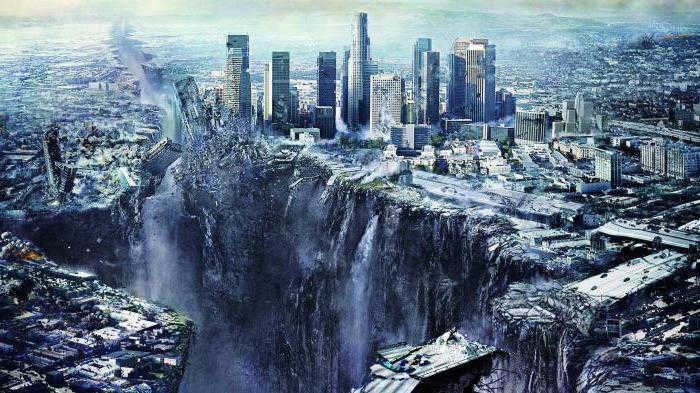
All of these inquiries are quite intriguing, most certainly, at least once in a lifetime, they have been pondered by every denizen of our planet. The educational curriculum provides us with scant knowledge on this subject matter. For instance, it is common knowledge that due to the Earth’s rotation, we experience the alternation of day and night, maintaining the air temperature that we are accustomed to. However, this explanation is insufficient, as there is more to this phenomenon than meets the eye.
Revolution around the Sun
Thus, we have addressed the fact that our planet is perpetually in motion, but what is the reason behind and how fast does the Earth revolve? It is crucial to understand that every planet in the solar system revolves at a specific velocity, and all in a uniform direction. Is this simply a matter of chance? Absolutely not!
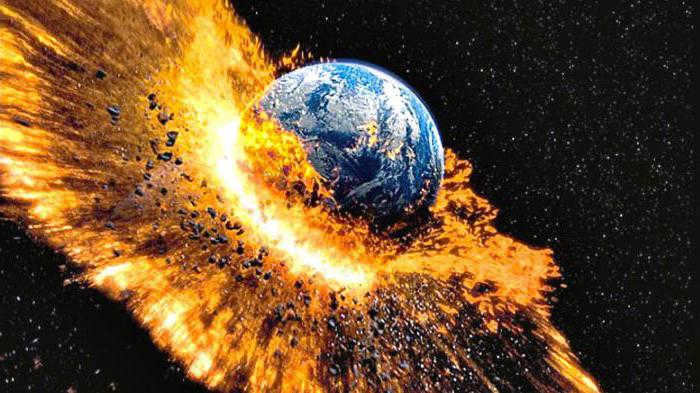
Many years before humans appeared, our planet was created. It originated from a cloud of hydrogen, which was then given a powerful force that caused the cloud to start spinning. To explain why this happened, we should consider that each particle has its own inertia when moving through a vacuum, with all particles balancing each other out.
As a result, the entire solar system began to spin faster and faster. The Sun formed from this spinning motion, and then all the other planets were born. They inherited their movements from the Sun.
Spinning on its own axis
This query captivates scientists and currently, there are numerous theories, but we will present the most plausible one.
Hence, as mentioned in the preceding paragraph, the entire solar system originated from a conglomeration of “debris” that accumulated when the young Sun attracted it. Although the majority of it ended up in our Sun, planets still formed around it. Initially, they did not possess the familiar shape we know today.
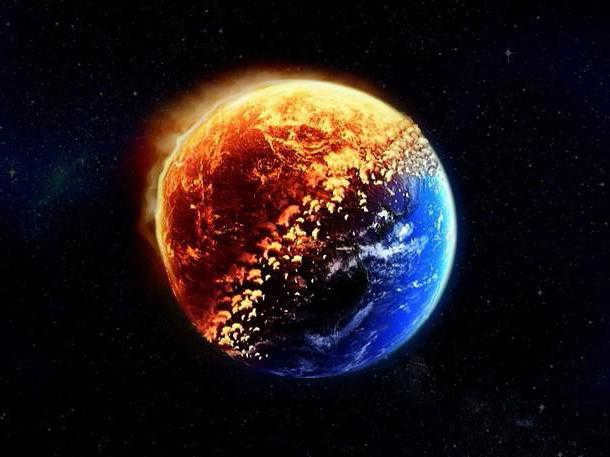
At times, encountering obstacles led to their collapse, yet they possessed the capability to draw in smaller particles, thus acquiring mass. Several factors contributed to the rotation of our planet:
And the final one is not an error, then the Earth took on the appearance of a snowball shaped by a young child. The irregular shape caused the planet to be unstable, leaving it vulnerable to the wind and radiation from the Sun. Despite this, the Earth managed to escape its unsteady position and began to rotate, propelled by the same forces. In summary, our planet is not stationary, but was set in motion billions of years ago. We have not specified the exact speed at which the Earth is rotating. It is constantly in motion. And in approximately twenty-four hours, it completes a full revolution around its axis. This movement is known as diurnal motion. The speed of rotation is not consistent everywhere. For instance, at the equator, it is approximately 1670 kilometers per hour, while the North and South Poles are not stationary.
However, our planet also follows a separate trajectory. A complete revolution of the Earth around the Sun takes three hundred and sixty-five days and five hours. This is why we have leap years, which add an extra day.
Can the Earth stop?
If the Earth were to stop, what would happen? Let’s consider the possibility of the Earth stopping both on its axis and in its orbit around the Sun. We will examine each scenario in more detail in this section and explore whether it is even possible.
It is highly unlikely for the Earth’s rotation around its axis to come to an abrupt halt. The only scenario in which this could occur is if there was a collision with a significantly large object. It is important to note that whether the planet continues to rotate or is completely knocked off its orbit, the impact of such a collision would be so massive that the Earth would not be able to withstand it.
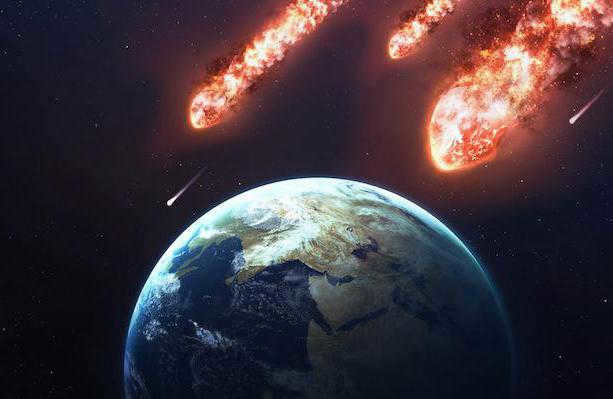
If the Earth were to cease its rotation, what would occur? While an abrupt halt is highly unlikely, a gradual deceleration is indeed possible. Even though we may not perceive it, our planet is gradually losing speed.
Regarding the orbit around the Sun, halting the planet in this scenario is purely fantastical. However, let us set aside all probabilities and imagine that it did occur. We invite you to examine each scenario individually.
Abrupt halt
Even though this scenario is theoretically impossible, we can still speculate. If the Earth were to come to a sudden halt, what would be the consequences? The velocity at which our planet is moving is so immense that any abrupt stop, for whatever reason, would result in a catastrophic upheaval.
To begin with, which direction does the Earth rotate? It rotates from West to East at a speed of over five hundred meters per second. Consequently, we can infer that anything moving on the planet will continue its motion at a velocity exceeding 1,500 kilometers per hour. If the winds blow at the same swiftness, they will generate the most powerful tsunami. One hemisphere will experience six months of continuous daylight, followed by six months of extreme cold and darkness for those who can withstand the scorching heat. But what if there are survivors? Unfortunately, they would be killed by radiation. Furthermore, after the Earth comes to a halt, our core will complete a few more rotations, causing volcanoes to erupt in previously unseen locations.
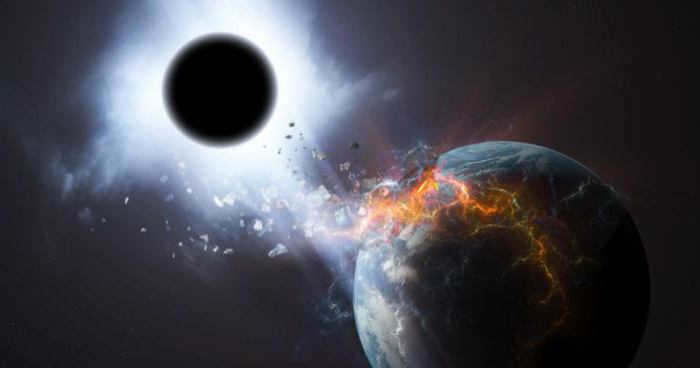
The movement of the atmosphere will not come to an immediate halt, meaning there will be a brisk wind blowing at a velocity of 500 meters per second. Furthermore, there is a possibility of a partial depletion of the atmosphere.
This particular catastrophe scenario is actually the most favorable outcome for humanity, as everything will transpire so swiftly that no individual will have the opportunity to recollect or fully comprehend what is transpiring. Since the most probable result is the detonation of the planet. The alternative scenario involves a gradual and gradual cessation of the planet’s rotation.
Many individuals initially envision an eternal day on one side and an eternal night on the other, but in reality, this is not as significant of a predicament when compared to the other consequences.
A gradual halt
According to scientists, the Earth is gradually slowing down its rotation. They predict that it will take billions of years for the planet to come to a complete stop, but long before that happens, the Sun will expand and eventually engulf the Earth in its fiery grasp. However, for the purpose of this discussion, let’s imagine a scenario where the Earth stops rotating in the not-so-distant future. First and foremost, let’s explore why this gradual halt is occurring.

In the past, the length of a day on Earth was approximately six hours, and this phenomenon was heavily influenced by the Moon. But in what way? The Moon’s gravitational force causes the water to move in a fluctuating manner, and as a result of this process, the Earth’s rotation gradually slows down.
Yes, it happened
We are anticipating an everlasting night or day in one of the hemispheres, but that’s not the biggest concern when compared to the rearrangement of land and ocean, resulting in the widespread destruction of all living beings.
In areas where there is sunlight, all plant life will gradually wither away and the soil will crack due to drought, while the other side will be covered in snowy tundra. The most suitable regions for habitation will be the in-between ones, where there will be an eternal sunrise or sunset. However, these areas will be relatively small. Dry land will only exist at the equator, while the North Pole and South Pole will become two vast oceans.
It is possible that humans will have to adapt to living underground and will require spacesuits to venture on the surface.
This situation is straightforward: everything that was on the front side will soar away into the vastness of outer space, as our planet is hurtling at an incredibly fast velocity, while the remaining objects will experience an equally forceful impact upon landing.
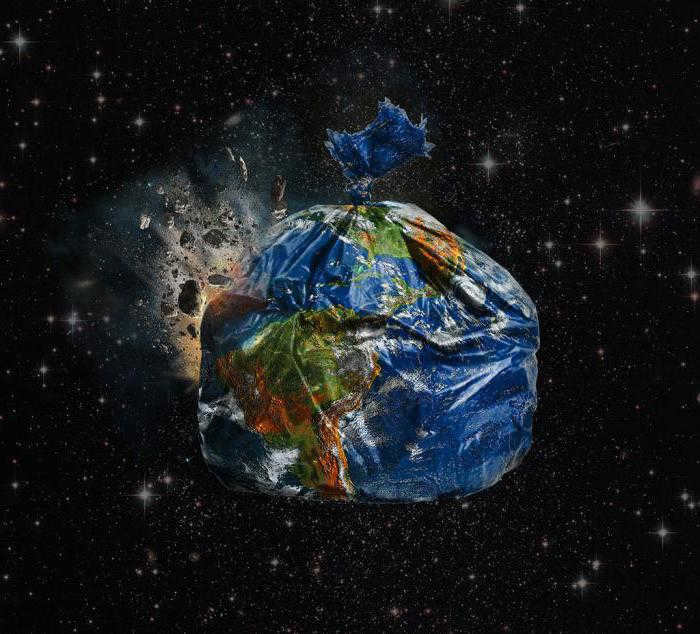
Although the Earth’s rotation will gradually decelerate, it will eventually be drawn towards the Sun, and this entire process will span a duration of sixty-five days. However, no individuals will survive until the end, given that the temperature will rise to approximately three thousand degrees Celsius. According to scientific calculations, within a month, the temperature on our planet will reach 50 degrees.
While this scenario is highly improbable, the engulfment of the Earth by the Sun is an unavoidable event, though humanity will not be able to witness this occurrence.
The Earth’s orbit has been disrupted
This is an incredibly fascinating scenario. However, embarking on a journey through space is not a feasible option due to the constraints of the laws of physics. The repercussions of even a single planet deviating from its designated orbit within the solar system would be catastrophic, leading to a domino effect that would eventually result in the planet being drawn into the gravitational pull of the Sun and being absorbed by its immense mass.
I can assure you that the Earth’s rotation is crucial for our existence on this planet. My response highlights the indirect implications of axial rotation, an aspect that is often overlooked by geography teachers who primarily focus on its direct effects. Nonetheless, I would be delighted to provide further insights on this matter as well.
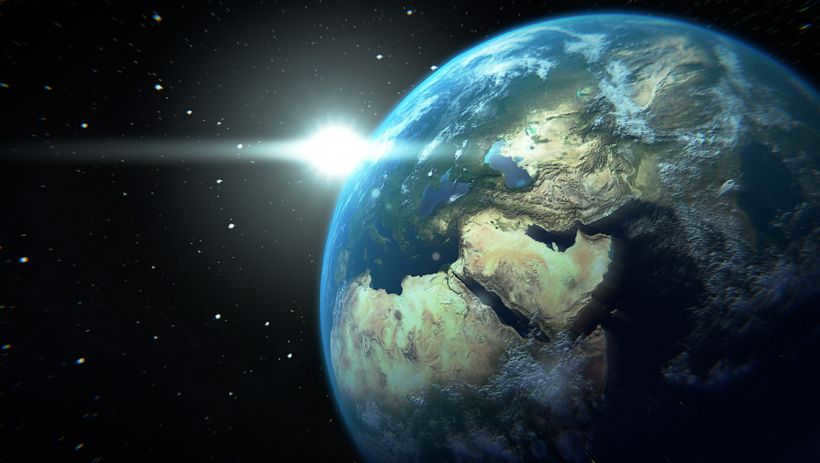
The Reason behind the Earth’s Rotation
When we look at outer space, it may appear that everything is still. However, in reality, objects within a vacuum are perpetually in motion.
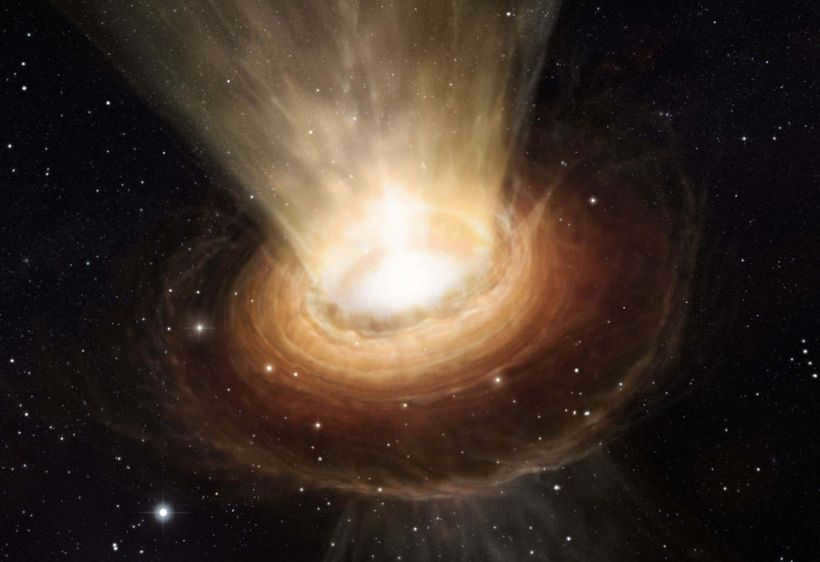
In ancient times, two clouds of cosmic dust collided, resulting in the formation of massive celestial bodies with strong gravitational fields. The largest debris, known as the Sun, attracted smaller bodies and merged with them. Among these smaller bodies was our Earth, which is too small to escape the Sun’s gravitational pull but large enough to be affected by it. As a result, the Earth began its rotational motion around the star and its own axis.
This process of rotation was also repeated by the seven other planets that make up our solar system.
The rotation of the Earth causes several phenomena to occur on its surface:
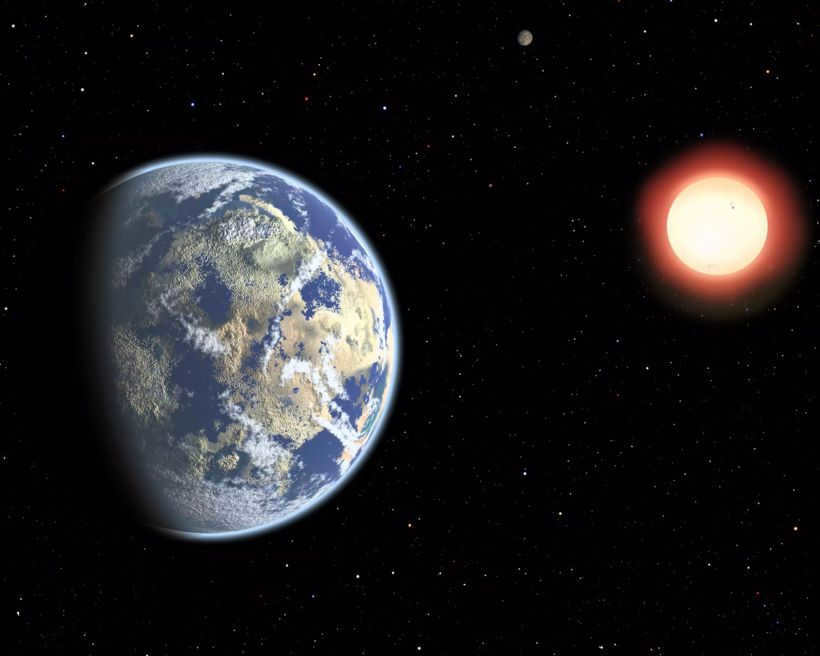
- the rotation of the Earth around its axis;
- the movement of the tides;
- fluctuations in wind patterns;
- the transition of seasons.
The Earth experiences different seasons as a result of its gradual change in tilt angle during rotation. When the tilt angle reaches its maximum of 23.5 degrees, the Arctic Circle witnesses a phenomenon known as polar day during summer. Similarly, in winter, the Southern Hemisphere experiences the same phenomenon, while the Arctic Circle experiences polar night.
Due to this changing tilt angle, Russia’s central region experiences distinct summer and winter seasons, while the Far North gets to shed its snowy cover for a few months in a year.
If the Earth’s rotation was constant without any variations, the temperate weather would resemble that of mid-March, with temperatures ranging from minus 2 to plus 10 degrees Celsius and high humidity levels. The duration of daylight would be equal to that of the night.
Ever since I was a child, astronomy has fascinated me, and as a result, I have acquired a vast amount of knowledge on the subject. Consequently, I would be more than delighted to answer any questions you may have regarding this topic. However, let’s contemplate this intriguing query: what would be the consequences if, for some unforeseen reason, our planet experienced a sudden acceleration?
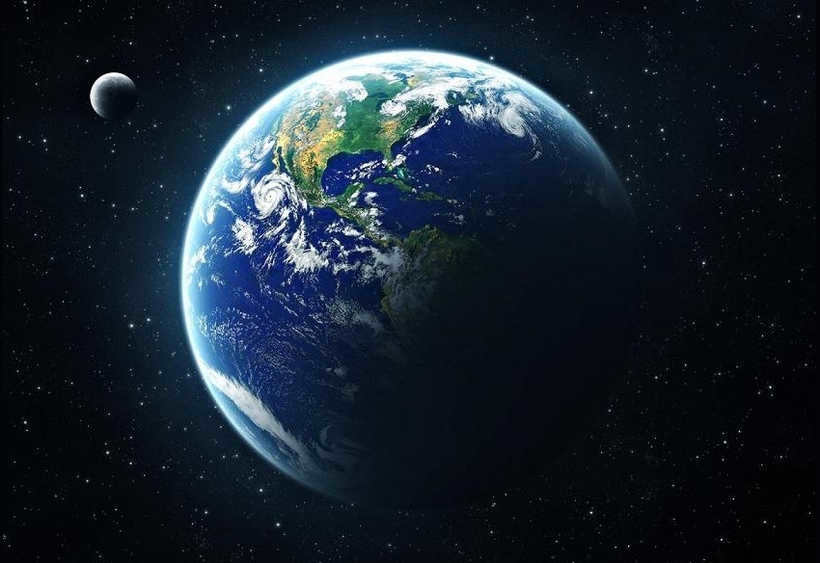
Varieties of Earth’s rotation
It has been established that our planet is engaged in multiple forms of movement simultaneously. For instance, it spins while orbiting the Sun, but in addition to that, it also revolves around the central region of our galaxy. However, that’s not all, as the galaxy itself is in motion, which means it takes us on an intergalactic expedition.
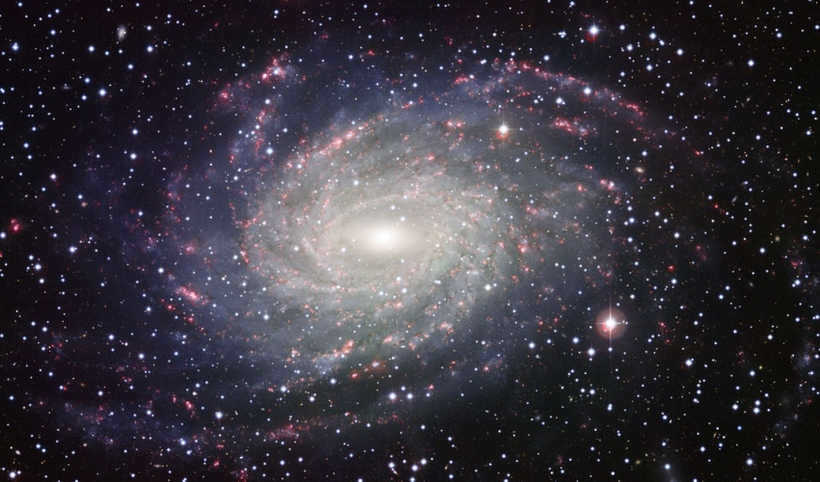
What is the concept of axial rotation and what are its consequences?
Axial rotation refers to the rotational movement along an imaginary axis of a planet and all objects situated on it. In relation to the North Pole, this movement occurs in a counterclockwise direction, resulting in the following implications:

- alteration in shape – the Earth is not perfectly spherical, but slightly flattened at the poles;
- rotation of day and night – the complete completion of the spinning;
- distribution of light and warmth across the surface – even heating;
- diversion of objects moving on the surface – particularly evident in the direction of ocean currents and winds;
- the rise and fall of the tides – in those areas facing the Moon.
What would occur in the event of the planet’s acceleration?
In the course of its formation, the Earth underwent a significant increase in rotation speed, with days lasting no more than 6 hours. It is widely believed that this change in velocity was caused by the gravitational pull of the moon, which not only creates tides, but also gradually slows down our planet. However, let’s consider what would have happened if the Earth had actually accelerated instead. The first noticeable effect would have been a rise in sea level near the equator. This is because an increase in centrifugal force would have caused some of the water to move away from the poles. Additionally, there would have been alterations in the weight of objects on the Earth’s surface.

For instance, it is established that an individual weighing 50 kilograms at the pole weighs a slightly less than 49 kilograms at the equator, due to the increased centrifugal force present, which appears to want to “toss” the object away from the surface.
The revolution of the Earth around the Sun is one of the most fascinating phenomena – it not only brings about the change of seasons, but also enables the very existence of life on our planet. Understanding the intricacies of the Earth’s yearly rotation helps in comprehending the essence of seasonal variations.
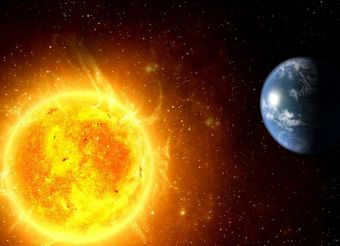
Daily revolution of the Earth
For an observer situated in the Northern Hemisphere, such as in the European part of Russia, the Sun consistently emerges in the east and ascends to the south, reaching its highest point in the sky at noon, before descending towards the west and disappearing below the horizon. This apparent movement of the Sun is only visible and is caused by the Earth’s rotation on its axis. If we were to view the Earth from above, in the direction of the North Pole, it would appear to rotate in a counterclockwise direction. The Sun, however, remains stationary, and the perception of its motion is created by the Earth’s rotation.
The Earth also undergoes counterclockwise rotation around the Sun, observed from above at the North Pole. Due to the tilt of the Earth’s axis in relation to its rotational plane, the illumination of the Sun upon the Earth is uneven as it completes its orbit. Certain regions experience greater sunlight exposure, while others receive less. This phenomenon gives rise to the occurrence of seasons and variations in the duration of daylight.
Vernal and Autumnal Equinoxes
Twice annually, on the 21st of March and the 23rd of September, the Sun evenly illuminates the Northern and Southern Hemispheres. These specific occasions are commonly referred to as the vernal and fall equinoxes. During March, the Northern Hemisphere experiences the start of spring while the Southern Hemisphere transitions into autumn. Conversely, September heralds the arrival of fall in the Northern Hemisphere and the onset of spring in the Southern Hemisphere.
Summer and winter solstice
The Sun reaches its highest point above the horizon on June 22 in the Northern Hemisphere, resulting in the longest day and the shortest night. Conversely, on December 22, the Winter Solstice takes place, with the shortest day and the longest night. The situation is reversed in the Southern Hemisphere.
Polar Night
Because of the tilt of the Earth’s axis, the polar and circumpolar areas of the Northern Hemisphere experience a period of darkness known as the polar night during the winter months. In this phenomenon, the Sun remains below the horizon throughout the day, resulting in no sunlight. The Southern Hemisphere also experiences a similar polar night in its circumpolar regions, but the timing is opposite to that of the Northern Hemisphere, with a six-month difference between the two.
What causes the Earth’s orbit around the Sun
Planets are naturally drawn towards their respective suns and rotate around them to avoid being pulled in and burned up. The Earth is particularly special because its axial tilt of 23.44o played a crucial role in the development of the planet’s diverse life forms.
The axial tilt is responsible for the changing seasons and the existence of different climate zones, which have fostered a wide range of flora and fauna on Earth. The variation in surface heating leads to the movement of air masses and, consequently, the occurrence of precipitation in the form of rain and snow.

